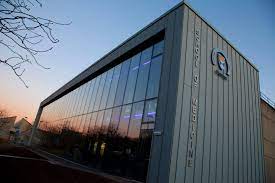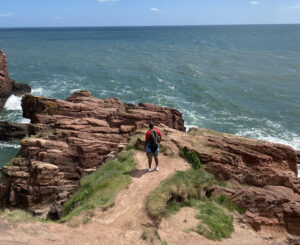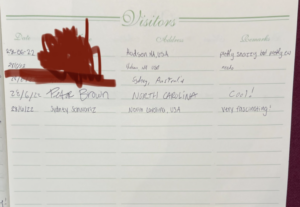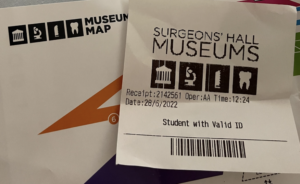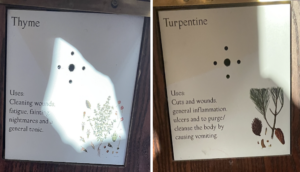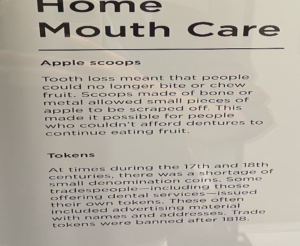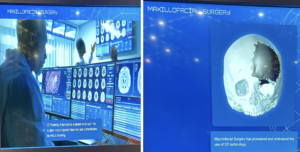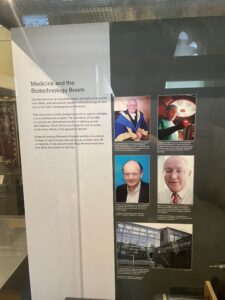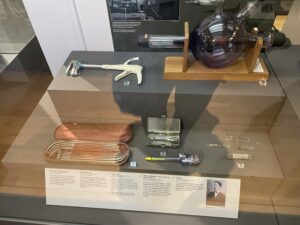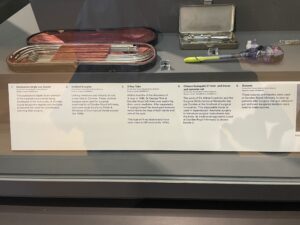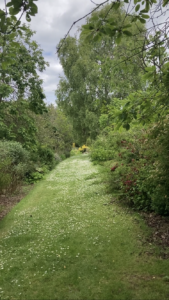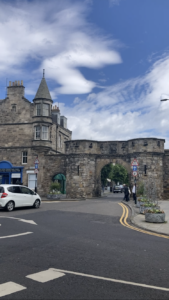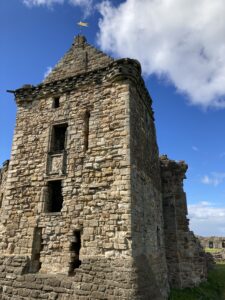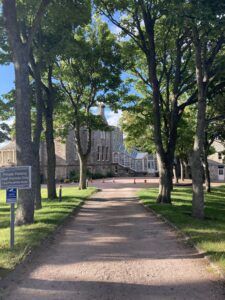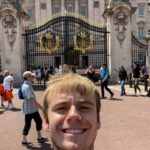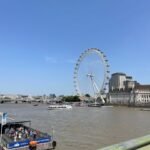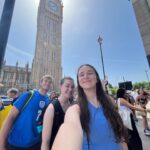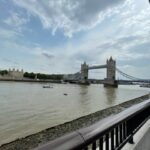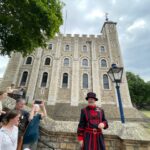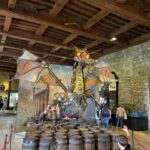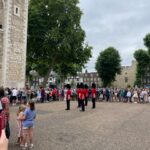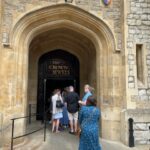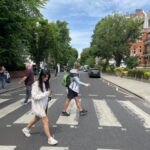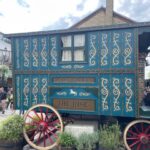One of the most profound discussions for me over this abroad program was our lectures with Rob Mountain at the University of Dundee. He guided us through identifying and reflecting on our healthcare values to adjust how we approach healthcare. He primarily discussed the ideas of realistic medicine and design thinking.
Realistic medicine focuses healthcare decisions around the patient and prioritizes their needs and wants when determining a care path. For countries to implement this method, it is crucial to recognize the essentiality of empathy in healthcare. Patients and doctors need a foundation of trust, fostered through clear and genuine conversations, where both parties can be informed and understand the issue and treatment path. We can learn a lot from listening to others to help us find a more suitable treatment plan and become more compassionate and considerate.
In addition, I learned that we should adopt both a designer and innovator mindset when working in healthcare. The field of healthcare is highly interdisciplinary. For example, for surgeons to complete their job, they need biomedical engineers to know how to use and ensure the machines are running correctly. Therefore, each part of the healthcare system relies on one another, emphasizing the need for collaboration and teamwork in healthcare.
From the perspective of a Health Policy and Management major (non-BME major), entering a Biomedical Engineering-focused program was an intimidating task. I was hesitant to dive straight into a new and unfamiliar field in a new and unfamiliar place. However, despite my nervousness, I was enthusiastic about making the most of the experience and learning new skills and ideas that I could utilize within my own path in the healthcare system. Once arriving in Scotland, I quickly learned how closely connected and relevant these two fields are. In addition, through my interactions with others, I learned the vitality of building meaningful relationships and how we can also learn from the experiences and perspectives of one another.


 A man enters a gate that will lead to a new world. As he boards the cramped plane, a baby cries, and a senior man chuckles to his wife. A flight attendant reassures a mother that her son will be okay not sitting next to her. And a first-time-flyer looks out the window, hoping to get one last look at the beautiful city of San Francisco. Eventually, the man sits down, already missing home and desiring to be at his destination. The man is anxious, feeling the butterflies move throughout his body as if they, too want to escape to their home. But, he is also content, ready for foreign to become familiar.
A man enters a gate that will lead to a new world. As he boards the cramped plane, a baby cries, and a senior man chuckles to his wife. A flight attendant reassures a mother that her son will be okay not sitting next to her. And a first-time-flyer looks out the window, hoping to get one last look at the beautiful city of San Francisco. Eventually, the man sits down, already missing home and desiring to be at his destination. The man is anxious, feeling the butterflies move throughout his body as if they, too want to escape to their home. But, he is also content, ready for foreign to become familiar.